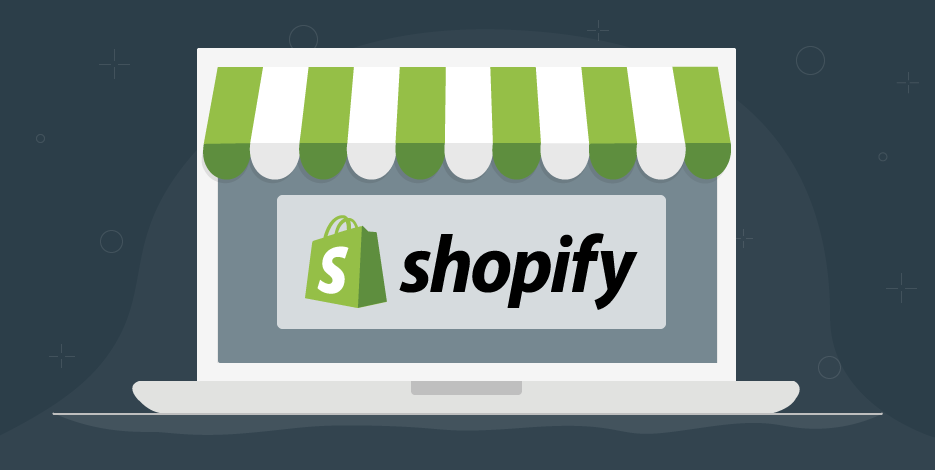
Table of Contents
Introduction
In today’s mobile-centric world, having a mobile app for your Shopify store can significantly enhance customer engagement and drive sales. The good news is, you can transform your Shopify store into a mobile app for free! In this step-by-step guide, we’ll walk you through the process of converting your Shopify store to mobile app without breaking the bank. Let’s dive in!
Step 1: Choose a Free App Builder
The first step in transforming Shopify store to mobile app is selecting a free app builder. There are several options available, each with its own set of features and customization options. Some popular choices include AppMySite, Plobal Apps, and JMango360. Research these options to find the one that best fits your needs.
Step 2: Sign Up and Connect Your Shopify Store
Once you’ve chosen an app builder, sign up for an account and connect your Shopify store to the platform. This typically involves entering your Shopify store URL and granting permission for the app builder to access your store’s data. Make sure to follow the instructions provided by the app builder to complete the integration successfully.
Step 3: Customize Your Mobile App
With your Shopify store connected to the app builder, it’s time to customize your mobile app. Most app builders offer intuitive drag-and-drop interfaces that allow you to design your app’s layout, add branding elements, and customize features and functionalities. Take advantage of these tools to create a mobile app that reflects your brand identity and meets your business needs.
Step 4: Preview and Test Your App
Once you’ve customized your mobile app, take some time to preview and test it before publishing. Most app builders provide preview options that allow you to see how your app will look and function on various devices. Test different features, navigate through the app, and make any necessary adjustments to ensure a smooth user experience.
Step 5: Publish Your Mobile App
Once you’re satisfied with your mobile app, it’s time to publish it to the app stores. Most free app builders offer straightforward publishing processes that guide you through the necessary steps. You’ll typically need to provide app details, such as a name, description, and screenshots, as well as comply with any app store guidelines and requirements.
Step 6: Promote Your Mobile App
Congratulations, your Shopify store is now a mobile app! But the work doesn’t stop there. To maximize the success of your mobile app, it’s essential to promote it to your audience. Share the news on your website, social media channels, and email newsletters. Encourage customers to download the app with special promotions or discounts. The more visibility you give your app, the more likely it is to attract users and drive sales.
Step 7: Monitor Performance and Gather Feedback
Once your mobile app is live, keep a close eye on its performance and gather feedback from users. Monitor key metrics such as downloads, active users, and in-app purchases to track the app’s success. Pay attention to user reviews and ratings to identify areas for improvement and make updates accordingly. By continuously monitoring performance and gathering feedback, you can ensure that your mobile app continues to meet the needs of your customers and drive results for your business.
Conclusion
Transforming your Shopify store into a mobile app for free is easier than you might think. By following this step-by-step guide and leveraging free app builders, you can extend your e-commerce presence to mobile devices and unlock new opportunities for customer engagement and sales. Don’t miss out on the benefits of having a mobile app for your Shopify store – get started today and watch your business thrive in the mobile era!
